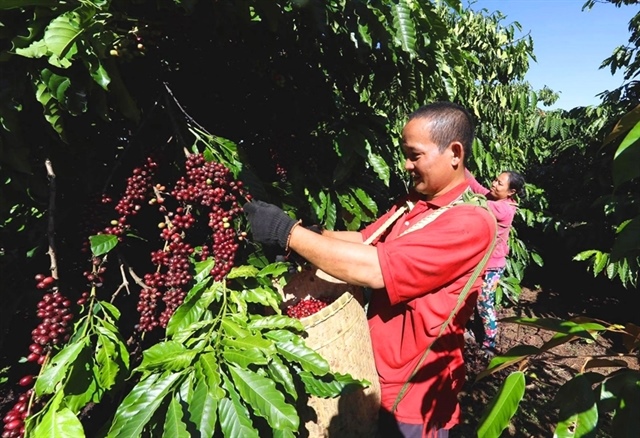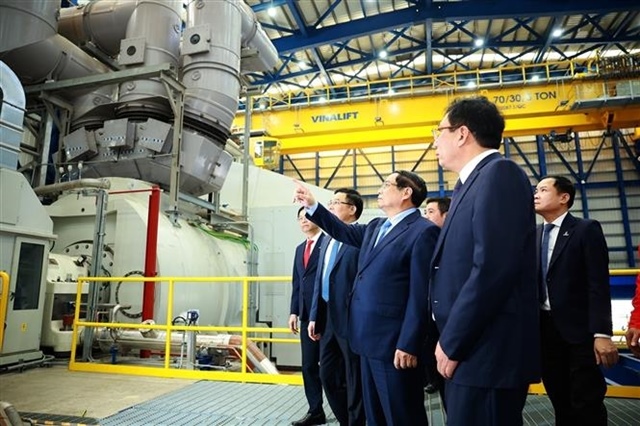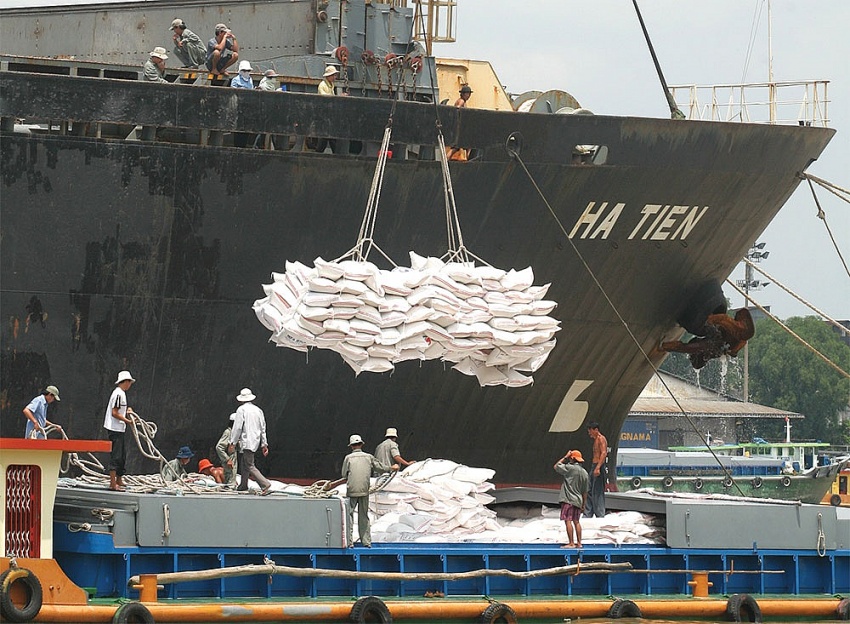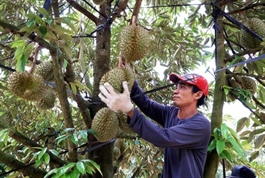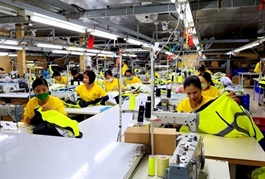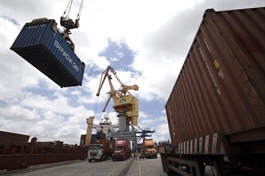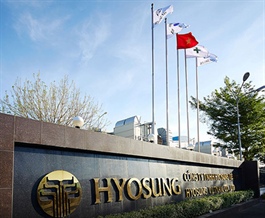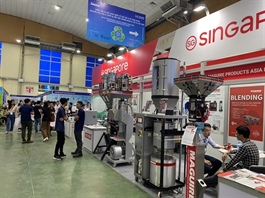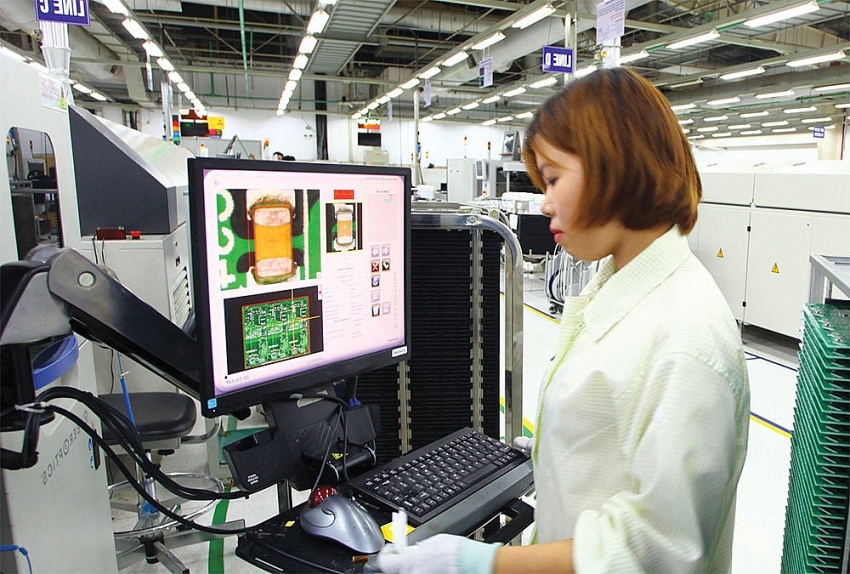New mindsets called for in mining
New mindsets called for in mining
The precipitous decline in the added value of mining may present Vietnamese authorities with a chance to reevaluate mining policies.
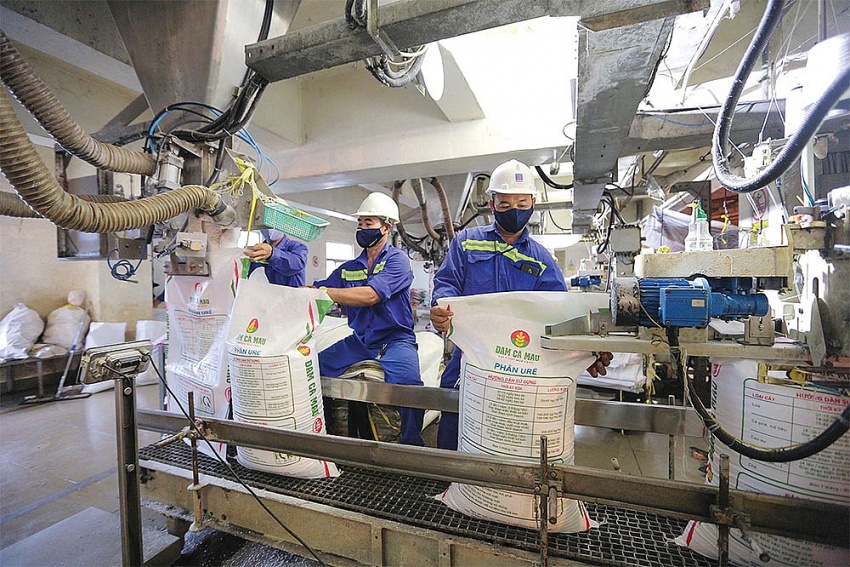
Since the end of June, fertiliser costs have risen significantly. Nguyen Quoc Hung, deputy general director of fertiliser and nitrogen compound producer DAP2 Vinachem JSC, does not anticipate that profits will rise due to problems with input materials and consumption. “Currently, raw materials only meet 65 per cent of design capacity,” he explained.
According to Hung, DAP2 is under intense pressure, costs are rising, and fertiliser production efficacy is low due to the poor quality of apatite ore and the presence of a significant number of impurities. Meanwhile, product selling prices have plummeted, from $929 per tonne in 2022 to $612 per tonne at present.
Lao Cai Apromaco Superphosphate Co., Ltd. also encountered issues with its input materials. According to the company’s director, Tran Van Vi, the primary ore source for its partner Vietnam Apatite Co., Ltd. has slowed since the end of 2022. “We must locate more materials from alternative sources, but we can only meet 30-40 per cent of production demands,” he said.
Currently, additional traditional partners of Vietnam Apatite have reported a scarcity of raw materials for fertiliser production.
General manager of Vietnam Apatite Nguyen Thanh Ha stated, “We are unable to meet the demand for units due to exceeding the licenced output.”
The organisation is exerting effort to bring Mine 19 in Lao Cai province into production. It has also submitted a request to the Ministry of Natural Resources and Environment to transport and utilise approximately 8 million tonnes of ore in storage as additional raw materials for the processing facilities. “These efforts are just a workaround,” he said.
Vietnam is moving towards an improved system of resource management, but production and business issues are impeding this development. According to data from the General Statistics Office, the mining industry’s added value dipped by 1.43 per cent in the first half of the year, resulting in a fall of 0.05 percentage points in the growth of the economy’s total added value.
Dr. Le Ai Thu, president of the Vietnam Union of Geological Sciences, attributed the current decline in mining to unstable government policy. The implementation of the Law on Minerals in 2010 was intended to increase the transparency of such activities through the public auction of mineral mines. Nevertheless, the implementation encountered numerous obstacles, resulting in sporadic auctions in some provinces.
In addition, the high cost of auction services as a percentage of mine value has prevented many businesses from participating in auctions.
“The bidding of mining rights in areas where minerals have not been explored is impractical because the auction authority does not comprehend that mines are auctioned,” Thu remarked.
Thu added that the synchronisation between the law on minerals and other pertinent laws, particularly tax, was low. “The royalties levy specified in the Law on Minerals encourages the use of technology to maximise mineral recovery, but royalties are collected on all recoverable minerals,” Thu stated. “This method of taxation does not encourage businesses to conserve resources.”
The US inflation rate declining to its lowest level in two years has presented Vietnam with an opportunity to review its mining mechanism and policy, Thu added. He also stated that the Extractive Industries Transparency Initiative (EITI) might assist Vietnam in “properly governing” the mining industry and increasing the efficacy of resource extraction and utilisation.
“The EITI will also establish a mechanism for synthesising and comparing data, thereby contributing to the reduction of budget revenue losses associated with mineral extraction,” Thu said.


